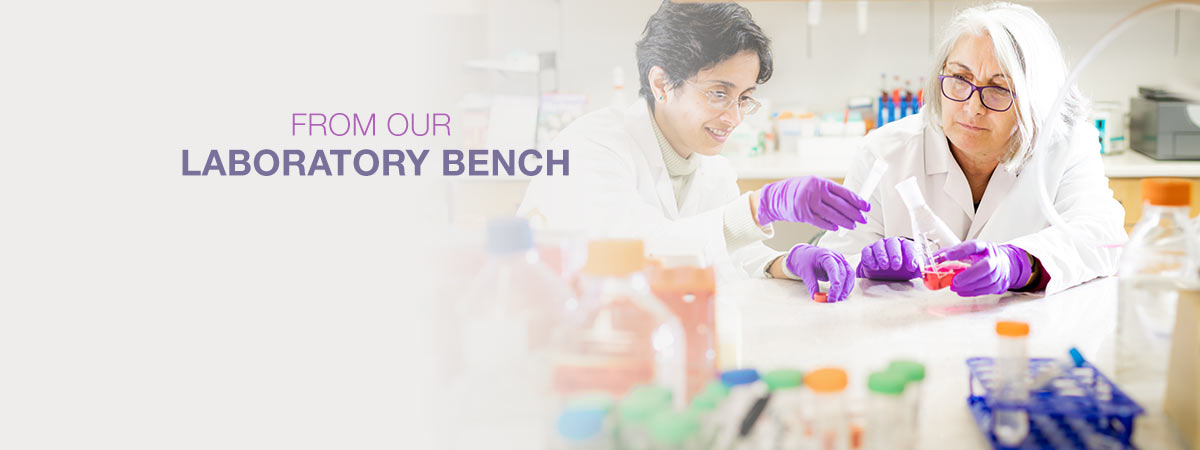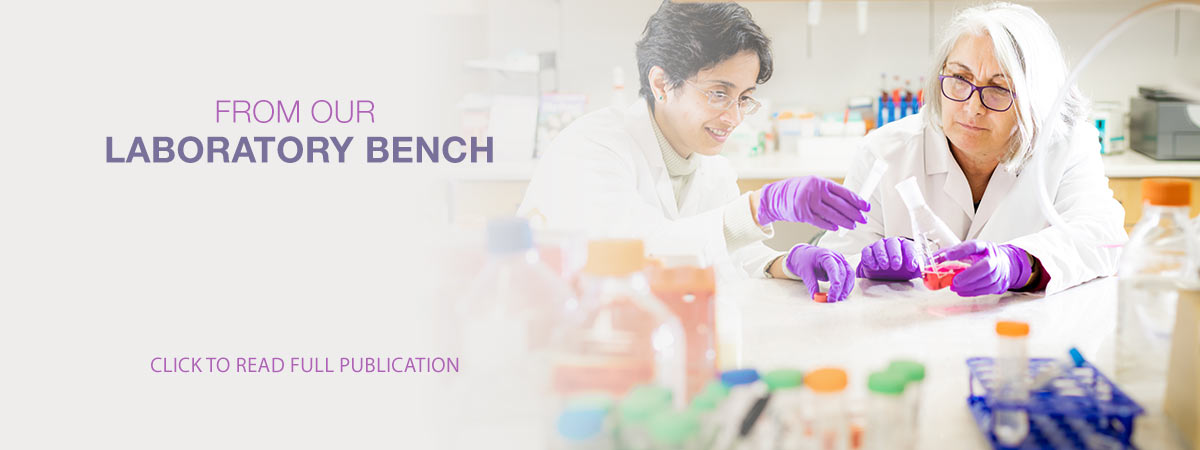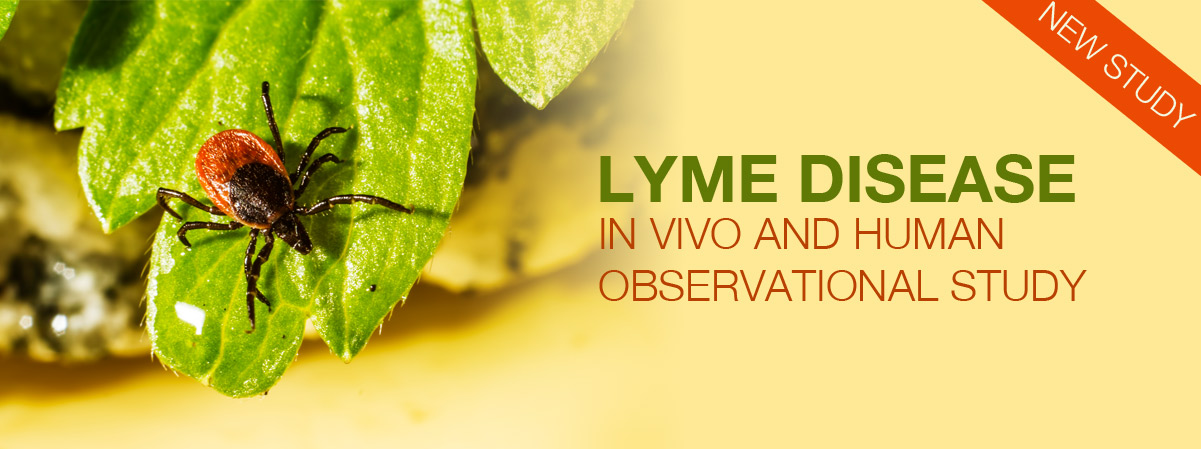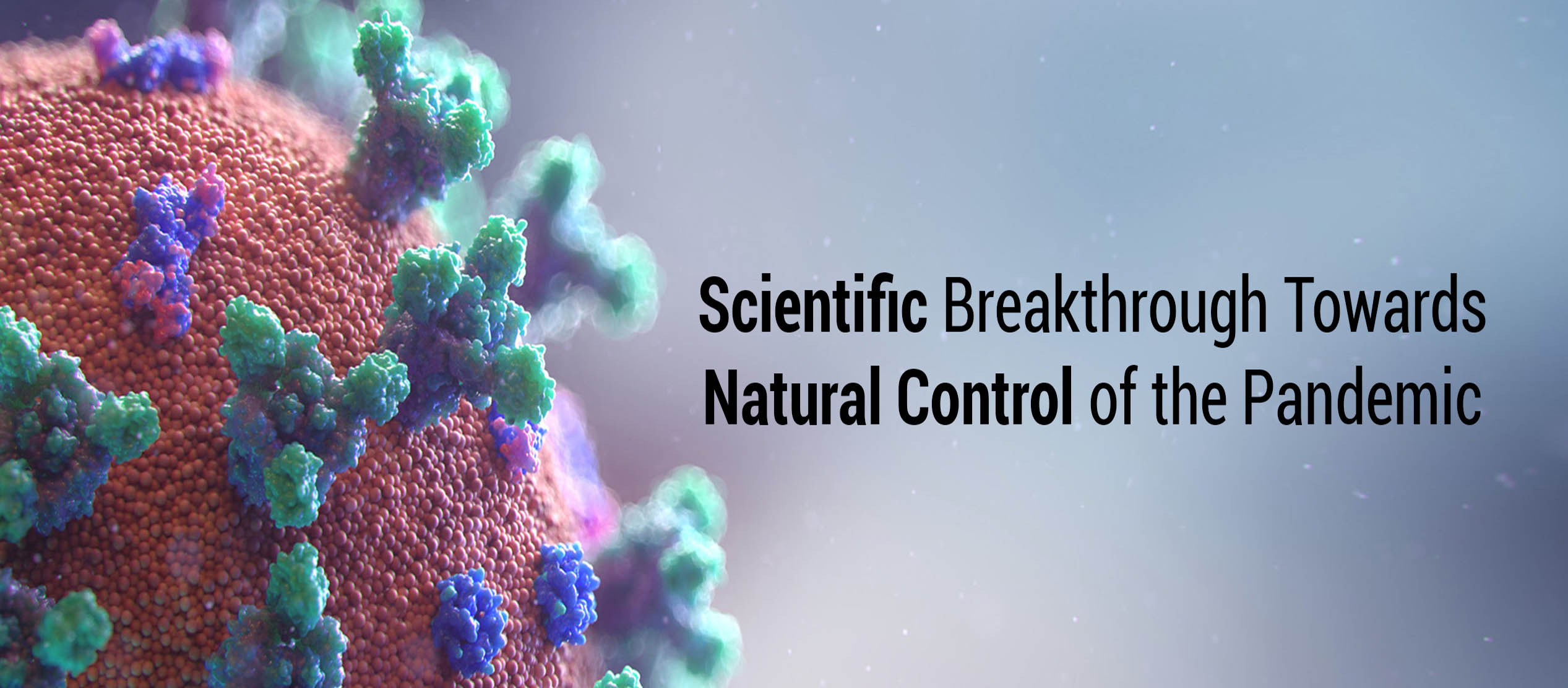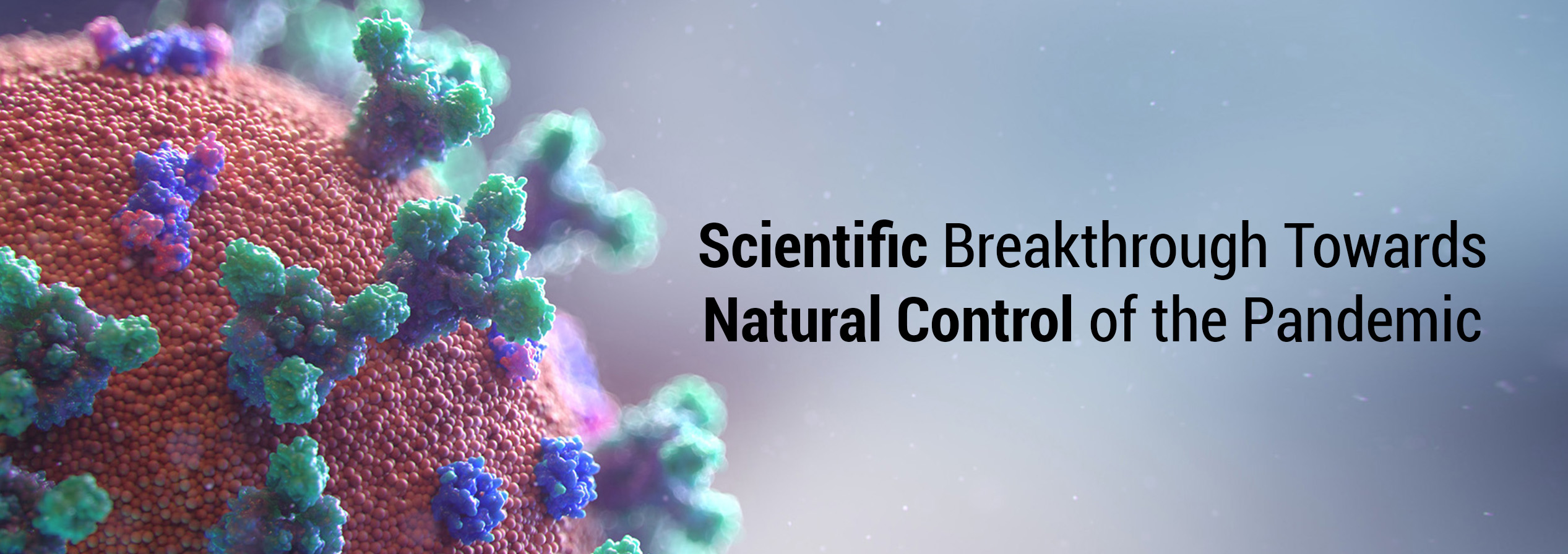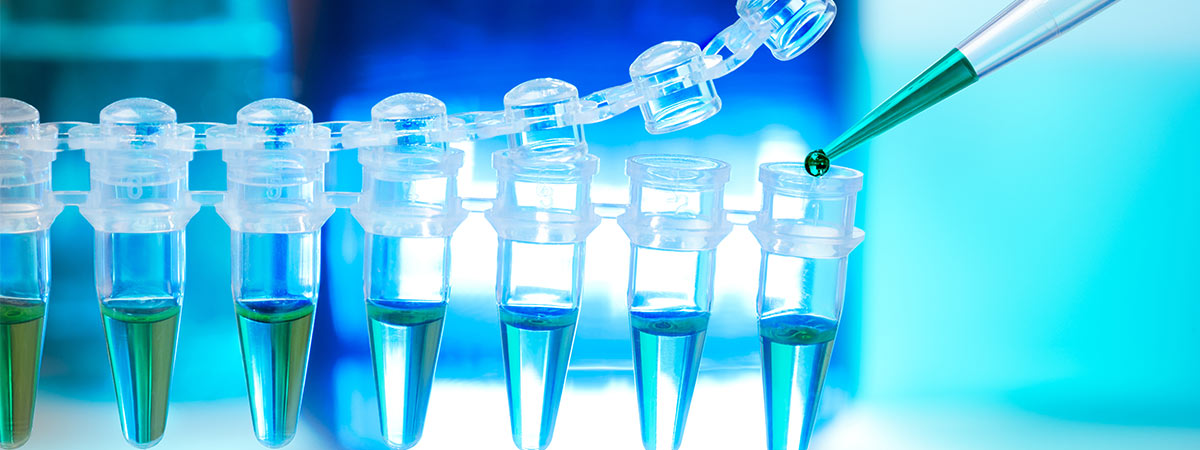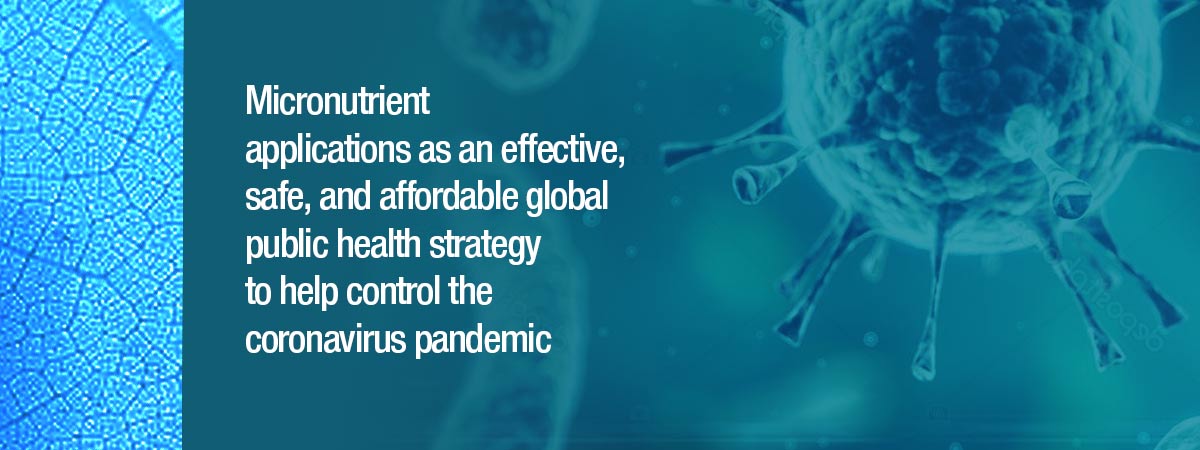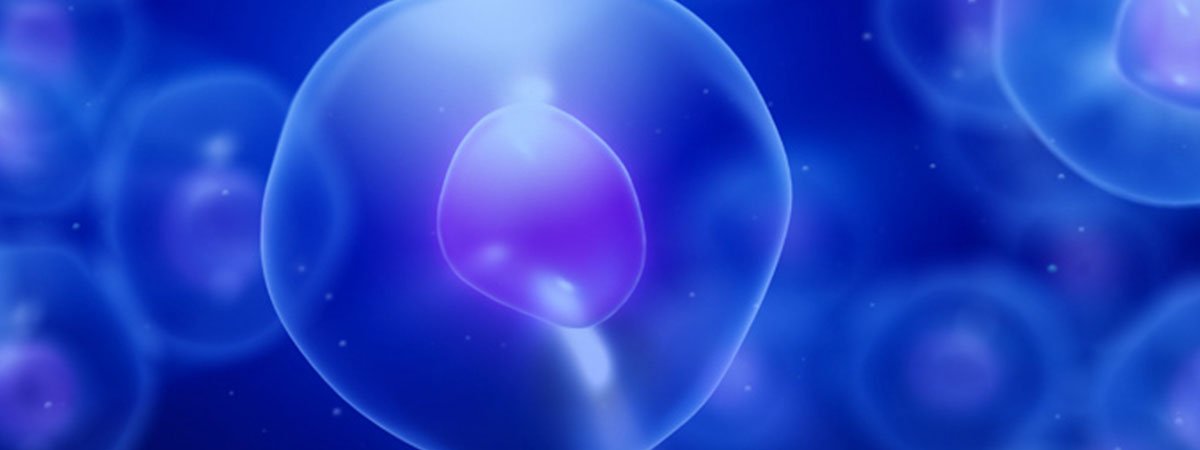M.W. Roomi, V.Ivanov, T.Kalinovsky, A. Niedzwiecki, M.Rath
Oncology Reports 2005, 13(2): 253-257
Abstract:
Current treatment of osteosarcoma is associated with poor prognosis, especially due to the increased risk of developing other cancers with chemotherapy. Therefore, new safe effective treatment strategies are needed. We investigated the effect of a unique mixture of nutrients containing: lysine, proline, arginine, ascorbic acid, and epigallocatechin gallate (EGCG) on human osteosarcoma cell lines: U-2OS, MNNG-HOS, and Ewing SK-ES-1 by measuring: cell proliferation, expression of MMP-2, MMP-9, and invasive and angiogenesis potential.
Cell proliferation was evaluated by MTT assay, MMP expression by gelatinase zymography, VEGF expression by ELISA, and invasion through Matrigel. Cells were also treated with phorbol 12-mysritate 13-acetate (PMA) to study enhanced MMP and VEGF expression. The invasion of osteosarcoma U-2OS and MNNG-HOS cells through Matrigel was significantly reduced in a dose-dependent fashion, with 100% inhibition of U2OS cells at 100 µg/ml and of MNNG cells at 50 µg/ml concentration of the synergistically acting nutrient mixture. Ewing’s sarcoma SK-ES-1 cells were not invasive. Nutrient Synergy exhibited dose response antiproliferative effect on osteosarcoma U-2OS cells reaching 67% at 1000µg/ml of NS; no significant suppression of cell proliferation was seen with MNNG or Ewing’s sarcoma cells. Zymography showed dose dependent inhibition of MMP secretion by all three cell lines in the presence of NS. VEGF secretion by U-2OS was completely blocked at 500 µg/ml of NS. Our results suggest NS is an excellent candidate for therapeutic use in the treatment of osteosarcoma, by completely inhibiting cancer cell invasion, secretion of MMPs and of VEGF - all critical parameters for cancer control and prevention.
Key Words:
Osteosarcoma, U-2 OS, MNNG-HOS, Ewing's sarcoma, SK-ES.1, matrix metalloproteinases, VEGF, Matrigel invasion, nutrient synergy, epigallocatechin gallate, ascorbic acid, lysine, proline
Full Study:
